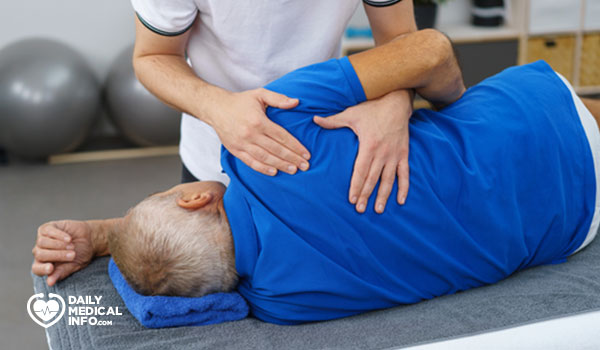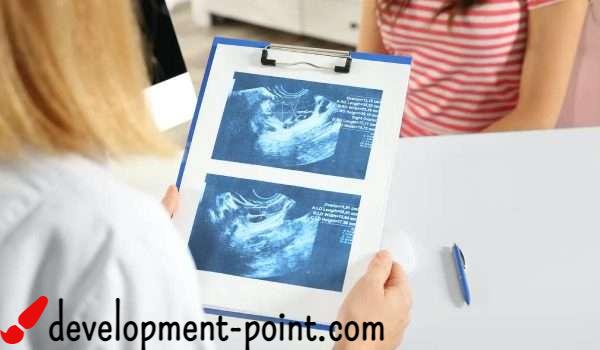Physiotherapy: 7 types and the diseases it treats
Physiotherapy is one of the most sought-after medical specialties, and your doctor may suggest that you solve your problem with physical therapy, so what is it? natural therapy What diseases does it treat and what is its role in treating chronic pain? All of this you will know through this article, so follow us.
What is physical therapy?
also called Physical Therapy It is a specialty in medicine that relies on trained and qualified specialists to treat physical pain and functional problems in the body, as well as physical rehabilitation after injuries from accidents, playgrounds and physical disabilities.
What are the benefits of physical therapy?
The benefits depend on the reason for resorting to this type of treatment, and these benefits include:
- Controlling pain and reducing the need for strong pain relievers such as opioids.
- Improve mobility.
- Sometimes it is possible to avoid some surgeries and resort to physical therapy.
- Assistance in recovery after an accident.
- Help recover after a stroke or paralysis.
- Improve body balance.
- Control the problems of old age.
What role does a physical or physical therapist play?
In the first session, the physical therapist will assess your condition and ask you about the degree of your pain and other symptoms that accompany it. He will also perform some tests such as motor tests, your ability to walk, bend, climb and descend stairs, heart rate with effort, body balance and posture.
Then the therapist will make a treatment plan that includes the goal of the treatment, its steps, and the number of sessions required to reach this goal, and he will monitor the success of this plan and modify some steps in it if necessary.
What types of physical therapy and diseases treated?
There are several sub-specialties that fall under the specialization of physiotherapy, and they are divided according to: Problems and diseases treated by physical therapy They include:
1- Orthopedic orthopedic
This type focuses on straightening and improving the functions of the musculoskeletal system, including bones, ligaments, tendons, and joints. This type also includes treatment Sports injuriesTherapeutic techniques are based on:
- Stretching and stretching exercises.
- Strength and endurance exercises.
- Use cold and hot compresses.
- Electrical muscle stimulation.
- Joint softening and rehabilitation.
2- Coexistence with Geriatric diseases
This geriatric natural treatment focuses on rehabilitating the elderly to cope with aging diseases such as arthritis, cancer, osteoporosis, Alzheimer’s, and joint replacement. This treatment aims to restore ease of movement and body balance, reduce pain, and increase physical fitness for the elderly.
3- Neurological physical therapy
This type focuses on neurological diseases and disabilities associated with Alzheimer’s disease, brain injuries, multiple sclerosis, Parkinson’s disease, stroke, spinal cord injuries, and cerebral palsy, as it relies on training the patient to live with the disease on his own and improve body functions as much as possible in daily activities.
4- Cardiopulmonary physical therapy
This type focuses on helping people suffering from cardiovascular diseases and lung diseases to increase their endurance and improve the functional performance of the body. Examples of these diseases include heart attacks, chronic obstructive pulmonary disease and lung fibrosis.
5- Pediatric Physiotherapy
This specialty focuses on the special needs of infants, children and adolescents with motor development problems from birth or due to other injuries such as:
- Birth defects.
- Acute injuries.
- growth retardation
- Genetic disorders such as cerebral palsy.
- Head trauma.
- Limb problems or disabilities.
- muscle diseases.
- orthopedic disabilities.
Here, the physiotherapist helps the child relieve pain, restore strength, motor balance and flexibility, and restore motor skills using several techniques, exercises, and other therapeutic methods.
6- Women’s Health Physiotherapy
This type is related to the treatment and rehabilitation of women after suffering from certain gynecological diseases, such as relieving pelvic pain, reducing swollen lymph nodes and helping to treat urinary incontinence.
7- Physiotherapy with Oncology
This type is associated with people with a type of cancer during the treatment journey or even after recovering from the disease. Physiotherapy here is based on helping the patient to feel comfortable, relieve pain, lose excess weight, improve memory, increase muscle strength, and reduce other symptoms associated with cancer, by using exercises and techniques. other therapeutic.
Natural treatment for chronic pain
Many people suffer from chronic pain throughout their lives Back pain AndArthritis Andmuscle painHere comes the role of physiotherapy as an ideal solution to face this pain without using the analgesics that your body is accustomed to and without the need for strong painkillers that can cause addiction, but this treatment must be carried out by a qualified specialist.

This treatment depends first on doing movement activities that increase the heart rate, such as:
- Light aerobic exercises to warm up.
- Strength exercises using specific sports equipment or physical exercises such as push-ups and squats.
- Pain-relieving exercises target areas of the body where you feel pain, strengthening them and giving them flexibility.
- Stretching and stretching exercises, which the therapist will follow up with you and can give you instructions for doing at home.
There are also several other methods used with natural treatment for chronic pain, such as:
- Using cold compresses to soothe inflammation or hot compresses that warm the muscles to facilitate their movement.
- Massage that works to calm the pain, but you must first confirm the type of injury.
- Electrical nerve stimulation and ultrasound over the skin of the affected area, which work to block the paths that deliver pain to the brain, helping not to feel it.
What are the places where the physical therapist is?
There are several places that can provide physical therapists in their kits, such as:
- Hospitals
- Rehabilitation centers.
- Clinics attached to sports centers
- Private physiotherapy centers.
- Centers for people with special needs.
You can search for the best centers and doctors for physiotherapy in some Arab countries, through:
Finally, do not try to do any of the physiotherapy techniques on your own, but you must first go to the doctor who will direct you to the physical therapist specialized in your case, so that the treatment is done properly and safely without complications.
Questions and answers about physical therapy
When does physical therapy begin after cruciate ligament surgery?
Physical therapy should begin 2 to 4 weeks after cruciate ligament surgery.
Does pain occur after physical therapy sessions?
Pain is not supposed to occur after physical therapy, but you may feel discomfort or some congestion in the muscles, and this is normal to happen with strengthening the affected muscles and tissues with a plan followed by the therapist.
How many physical therapy sessions?
The duration of the treatment depends on its aim and the severity of the condition. On average, the treatment may take 6-12 sessions, which may decrease or increase depending on the progression of the condition.

